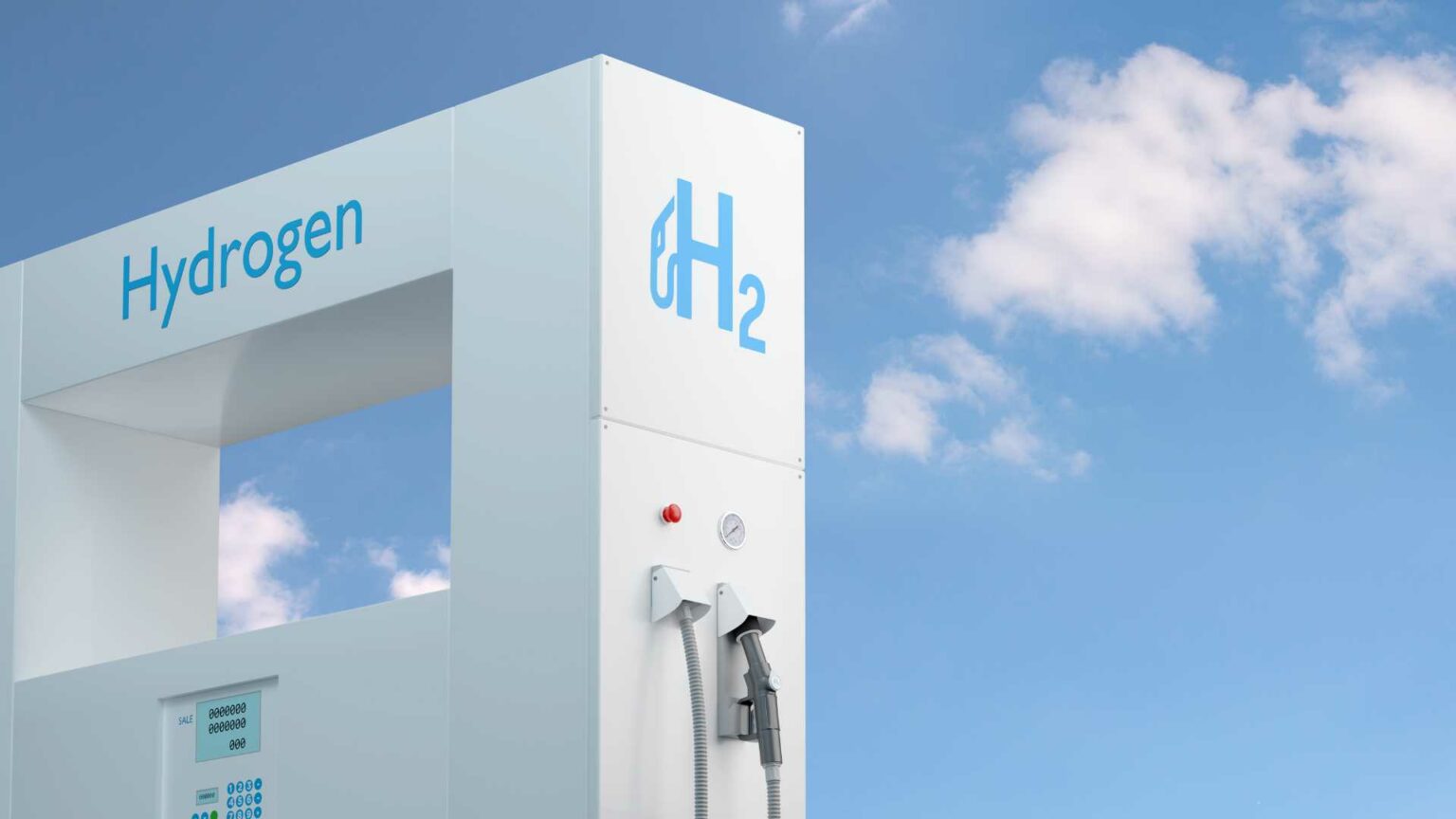Germany’s pursuit of a sustainable energy transition has placed hydrogen in the spotlight as a potential game-changer. However, the journey from hydrogen production to its consumption in a climate-neutral manner involves overcoming numerous challenges.
A company in Baden-Württemberg has stepped up to the task, developing innovative technology to address the energy-intensive process of transporting and providing hydrogen.
According to Jakob Wachsmuth, an expert from Fraunhofer ISI in Karlsruhe, for hydrogen to be truly green, the associated greenhouse gas emissions must be significantly lower than those of petroleum-based fuels. The energy expended in providing hydrogen plays a pivotal role in determining its carbon footprint. Achieving a 70% reduction in emissions compared to traditional fuels is a key benchmark.
Producing green hydrogen is just the first step; the second is ensuring its energy-efficient delivery to end-users, ranging from energy-intensive industries to vehicles. Hydrogen, especially for heavy vehicles like trucks and buses, is seen by many experts as a more suitable option than purely battery-powered alternatives due to its extended range. However, the energy requirements for transporting and compressing hydrogen pose significant challenges.
Addressing the intricate issue of hydrogen transportation, the company LAUDA in Baden-Württemberg has developed a groundbreaking technology named “Ultracool.” This technology focuses on enhancing the energy efficiency of hydrogen transportation, particularly at filling stations. LAUDA, known for its cooling systems, has applied its expertise to create an efficient cooling system for hydrogen filling stations.
Jasper Laug, the company’s hydrogen expert, explains that the Ultracool technology employs an indirect cooling system. Traditionally, the entire tank system required cooling, but with Ultracool, the hydrogen is not cooled directly. Instead, a carrier medium is pre-cooled, and the first indirect contact with hydrogen occurs at the fuel pump’s heat exchanger. This innovative approach allows for significant energy savings, enhancing the overall energy balance during hydrogen refueling.
LAUDA’s investment in developing cutting-edge cooling systems reflects Germany’s technological leadership in the hydrogen sector. However, as highlighted by the hydrogen expert, there is a need for vigilance to prevent being overtaken by other countries, such as the USA, which is making strides in hydrogen technology. Budgetary uncertainties due to the current crisis pose challenges to industry plans, emphasizing the importance of stable planning environments.
The German government has ambitious plans for hydrogen, as evident in the updated National Hydrogen Strategy. Goals include accelerating market ramp-up by 2030 and increasing domestic electrolysis capacity to ten gigawatts. The emphasis on infrastructure development, especially pipelines for efficient hydrogen transport, aligns with the broader vision of a sustainable and robust hydrogen ecosystem.
Federal initiatives, including hydrogen lead projects such as TransHyDE, aim to advance research and development in hydrogen transport technologies. However, synchronizing consumption and production components with transport remains a challenge. A spokeswoman for the TransHyDE project underscores the importance of a regulatory framework and market incentive mechanisms to ensure the success of green hydrogen production, transport, and infrastructure.
